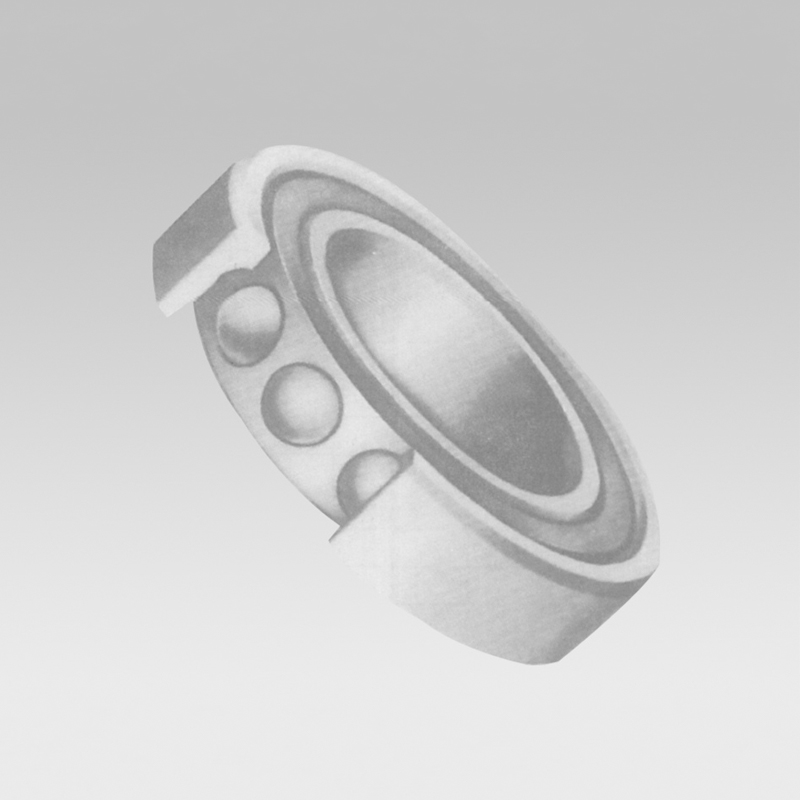
Samh . 11, 2024 03:10 Back to list
Angular Contact Ball Bearing Supplier for Precision Engineering Applications
Understanding Angular Contact Ball Bearings and Their Manufacturing
Introduction
Angular contact ball bearings are a crucial element in various mechanical systems, enabling efficient operation across a wide range of industries. Characterized by their ability to handle both radial and axial loads, these bearings are essential in high-speed applications where durability and precision are paramount. In this article, we will explore what angular contact ball bearings are, their advantages, and the manufacturing process of these vital components.
What are Angular Contact Ball Bearings?
Angular contact ball bearings are designed to accommodate loads acting at an angle to the shaft. Unlike standard radial ball bearings, which can only handle radial loads, angular contact bearings feature an internal design that allows them to manage axial loads as well. The contact angle—typically ranging from 15 to 40 degrees—determines the bearing's ability to handle axial loads and its overall performance.
These bearings are available in various configurations, including single-row and multi-row designs, which influence their load-carrying capacity and performance characteristics. The ability to support both axial and radial loads makes angular contact ball bearings ideal for applications involving high speeds and heavy loads, such as in electric motors, pumps, and machine tools.
Key Advantages of Angular Contact Ball Bearings
1. Versatile Load Handling Their unique design allows angular contact ball bearings to manage combined loads, which is essential in applications where both radial and axial forces are present.
2. High Speed These bearings are engineered for high-speed applications due to their reduced friction and optimized geometry, resulting in greater efficiency and performance.
4. Precision Engineering Angular contact ball bearings are manufactured to tight tolerances, ensuring high performance and reliability in critical applications. Their precision is particularly important in sectors such as aerospace, automotive, and industrial machinery.
angular contact ball bearing manufacturer

5. Design Flexibility These bearings can be configured in different arrangements to suit specific requirements, such as being paired in tandem or in back-to-back arrangements to support greater axial loads.
The Manufacturing Process of Angular Contact Ball Bearings
1. Material Selection The manufacturing process begins with selecting high-quality materials, typically high-carbon chrome steel or ceramic, which offer excellent strength, wear resistance, and fatigue life.
2. Forging and Machining Components of the bearings, including the outer ring, inner ring, and balls, are forged or machined to precise specifications. This step involves cutting, grinding, and shaping materials to achieve the desired dimensions and surface finishes.
3. Heat Treatment After machining, parts undergo heat treatment processes to enhance their hardness and strength. This involves controlled heating and cooling cycles to achieve optimal material properties.
4. Deburring and Cleaning Any burrs resulting from machining are removed, and components are cleaned to ensure they are free from contaminants that could affect performance.
5. Assembly The inner and outer rings, balls, and any necessary spacers are assembled under controlled conditions. Proper alignment during assembly is crucial to maintain the bearing’s performance and longevity.
6. Quality Control Rigorous testing and quality control procedures are implemented at various stages of the manufacturing process to ensure that each bearing meets industry standards and customer specifications.
7. Lubrication Bearings are often lubricated with oil or grease before packaging to minimize friction during operation and prolong their service life.
Conclusion
Angular contact ball bearings represent a sophisticated engineering solution for managing complex loads in high-speed applications. Their unique design offers numerous advantages, including improved load handling, durability, and precision. The dedicated manufacturing process ensures that these components meet stringent quality standards, making them indispensable in a variety of industries. As technology continues to advance, the role of angular contact ball bearings in enhancing mechanical efficiency and performance will only grow, underscoring the importance of selecting a reliable manufacturer for these critical components.
Latest news
-
Grooved Ball Bearing Design and Functionality
NewsJun.04,2025
-
Concrete Mixer Bearing Load Capacity Testing
NewsJun.04,2025
-
6004 Bearing Dimensions in Robotic Joint Designs
NewsJun.04,2025
-
Advantages of Single-Row Deep Groove Ball Bearings
NewsJun.04,2025
-
Applications of Deep Groove Ball Bearings in Automotive Systems
NewsJun.04,2025
-
Innovations in Bearing Pressing Machine Design
NewsJun.04,2025
